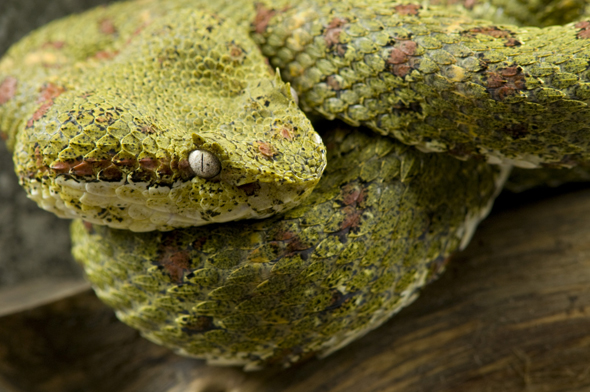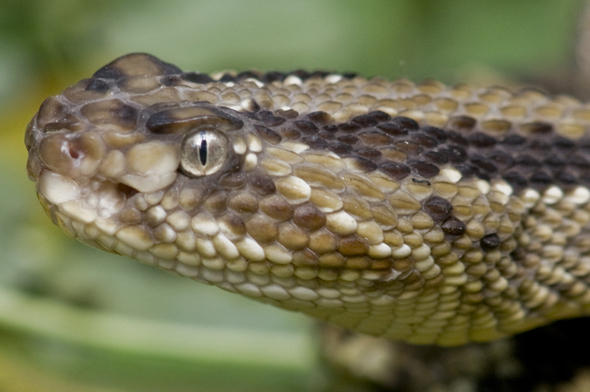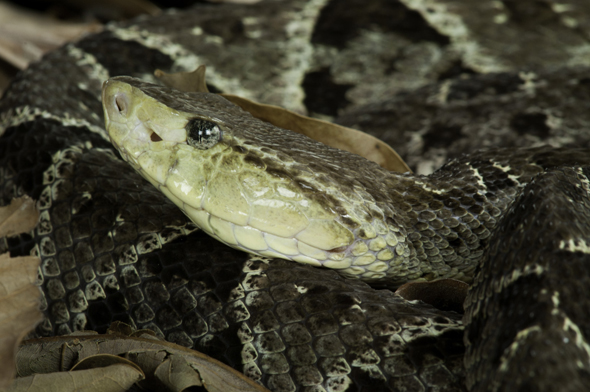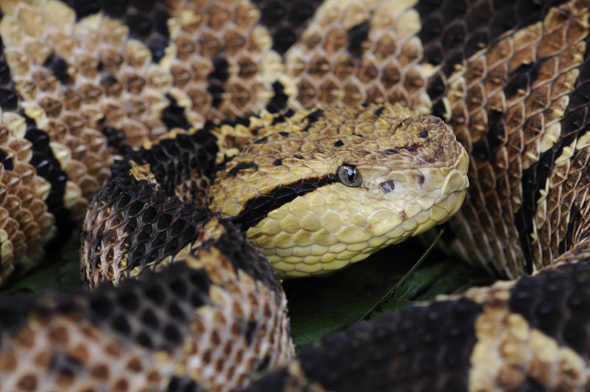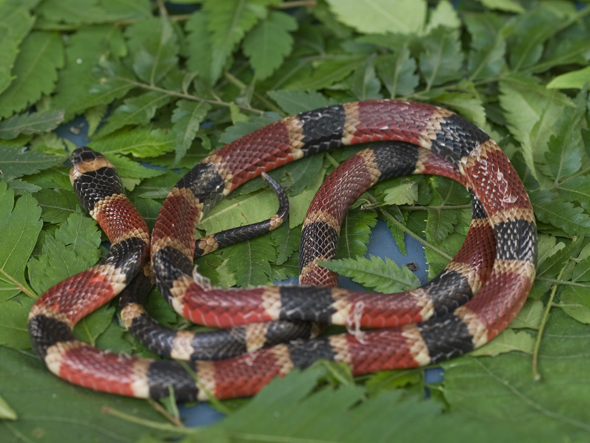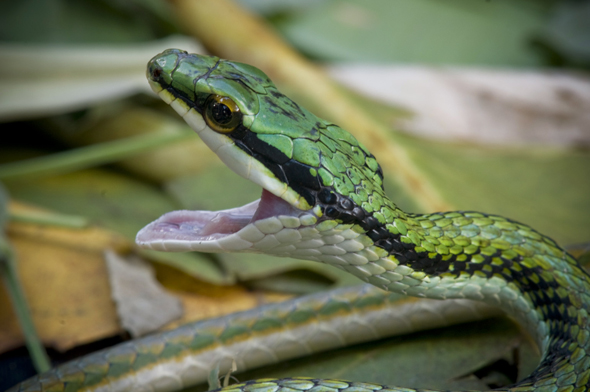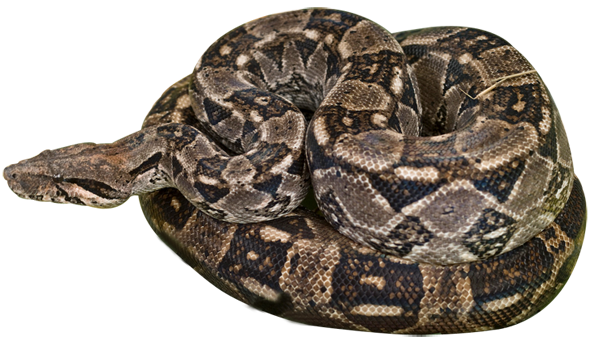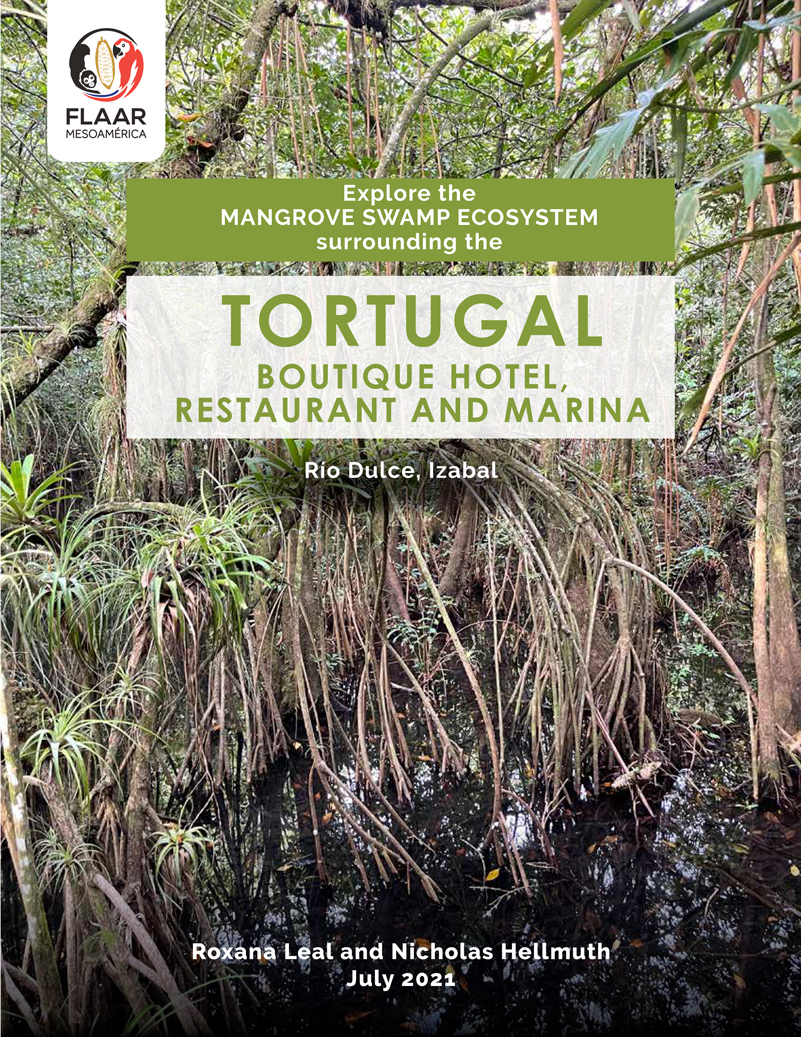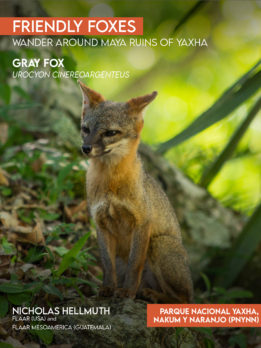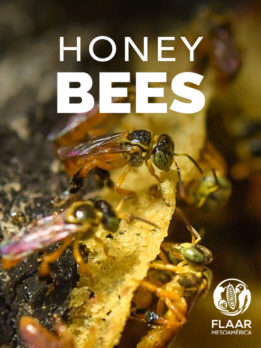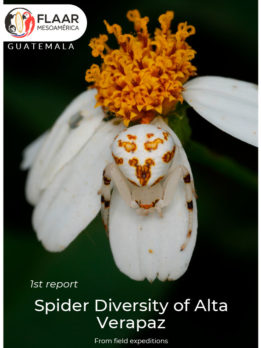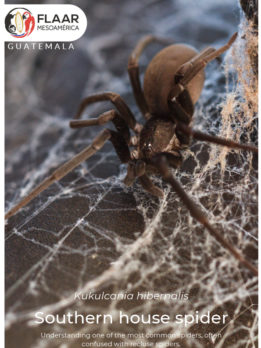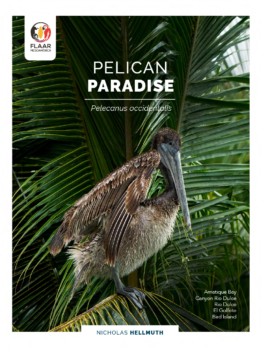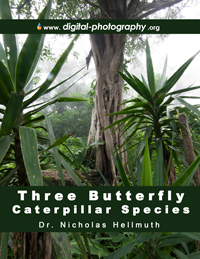Snakes, especially pit vipers and rattlesnakes, are common in Pre-Columbian art
Snakes in Maya art, including decorations on facades of monumental structures, are especially common in the dry Yucatan area. But snakes are found in the murals, painting on ceramics, of the seasonal rain forests of Peten.
This page is a general introduction to snakes in Classic Maya art, but focusing on the snakes in the swamps and forests and fields. We can better understand the images in the murals and on pottery if we have personal experience with the actual reptiles.
Snakes in pre-Columbian art are mixed with crocodiles and bird feathers
In my 1985 dissertation, published in 1987 (Monsters und Menschen in der Maya Kunst) I show crocodiles as well as snakes. Often they are conflated, meaning that a supernatural creature has features of both a crocodile and a snake. And of course we all know of the “feathered serpent.”
The feathered serpent is because the scales of some species look like feathers under some angles of lighting.
Snakes are even more common in the forests than in the art!
Growing up in Missouri I am used to rattlesnakes, copperheads, and cottonmouth water moccasins. According to the University of Missouri there are actually three species of rattlesnake in Missouri. Since I grew up on a farm, I am accustomed to having snakes around, including wandering into the house sometimes.
Having lived in Tikal for 12 months and having mapped the ancient Maya city of Yaxha over five seasons, I am used to snakes in Petén. I have plenty of snake encounters to relate (but I will spare the readers of this web page). But if provided a bottle of wine, or a margarita, I can entertain guests with snake stories. Mostly the fer-de-lance.
Here is a short basic list of the most common venomous snakes.
- Rattlesnake, Crotalus durissus
- fer-de-lance, Bothrops asper
- green colored vipers, such as Bothriechis bicolor
- other venomous snakes, Cerrophidium godmani
- cantil
- a pit viper that likes to jump (at you), Atropoides nummifer or Bothrops nummifer or Atropoides occiduus
- coral snake, coralill
Guatemalan palm-pitviper, Botriechis bicolor. The specific name refers to the contrasting ventral and dorsal colors. Photo by Jaime Leonardo, Museo Nacional de Historia Natural, Guatemala City
There is also a venomous lizard, a Guatemalan relative of the Gila Monster of the deserts of the USA. We cover the venomous lizard in a separate page.
The bushmaster is not found in the Maya area.
Snakes which are not venomous
There are perhaps close to a hundred non-poisonous snakes in the overall Maya area (from Tabasco to El Salvador). It would be helpful to list all those whose scale pattern and coloration provided inspiration for creating Maya snake monsters. However generally it is the triangular and circular rings pattern of venomous snakes which show up in the art. Here I list only the boa constrictor, Boa constrictor
Rattlesnake, Crotalus durissus
Most of us from America have an awareness of the rattlesnake. I can always remember as a child on our farm in Missouri. When I was out collecting wild blackberries, you knew there would probably be rattlesnakes near blackberry patches: waiting for the rodents who came to feed on the berries.
I can still hear their tales rattle, even though it is half a century since these episodes. The Ozark Mountains are filled with snakes, especially where there are creeks, springs, and ponds (as there are everywhere on our farm).
In Guatemala during the years that I lived in Peten, it was mainly snakes other than rattlers that I ran into.
Rattlesnake, Crotalus durissus this species scale patterns are shown in some vessels and maya artifacts
fer-de-lance, Bothrops asper, barba amarilla, nauyaca
Sometimes one Spanish name is used for various different snakes. Also, each country has preferences. And also farmers may use one name and herpetologists may use another name. This is called the yellowjaw Tommygoff in Belize. There are also green colored vipers, such as Bothriechis bicolor. Andother venomous snakes, Cerrophidium godmani. Cantil, Agkistrodon bilineatus is another character that awaits you during field trips!
Fer-de-lance, Bothrops asper, this species are the one that has the most powerfull venom in Central America
A pit viper that likes to jump (at you), Atropoides nummifer, mano de piedra
Also called or Bothrops nummifer Again the snag with the imprecise nature of Spanish vernacular for naming species (of plants or animals). “Jumping pit viper” can be used to describe any one of several different snakes.
Jumping pit viper, Atropoides nummifer, the name refers to its vaunted ability to launch itsell and strike at long distance. Photo by Jaime Leonardo, at La Aurora National Zoo, Guatemala City.
Variable Coral Snake: Micrurus diastema
Some authors say there are also other species Micrurus nigrocinctus (Campbell 1998:fig. 176 caption) and Micrurus hippocrepis (1998: 266).
Whether there is one species or many varations within one species the herpetologists are all still discussing. When they reach consensus then this will be helpful.
Most snakes in Maya art have triangular patterns, so until we find mythical snakes with the pattern of a coral snake, we can continue to concentrate on the pit vipers (and less on the coral snakes).
It is well known that there are snakes which mimic the coral snakes colored rings of body coloration.
Coral snake, Micrurus nigrocinctus, its color pattern can vary from two-colored to three-colored with black, yellow and red banding
Snakes that are especially photogenic
Some snakes have pretty coloration, and are worth photographing for the sheer beauty of their body decoration.
Leptophis mexicanus, parrot snake
Spilotes pullatus
Parrot Snake, Leptophis mexicanus.
Boa constrictor, Mazacuata
The pattern of the skin coloration is remarkable and surely these patterns are found in Maya art. As with many snakes, the patterns are not identical on each snake. Plus the pattern on a mature snake may be different than an immature serpent. And the pattern on the tail section may not be the same as the pattern on the rest of the body.
All these are reasons why it is helpful to have many photographs of each species. Thus we appreciate the herpetologists in Guatemala who facilitate our photography.
When you handle a boa, be aware that although they are not venomous, they do bite when they feel threatened.
Mazacuata, Boa constrictor, a no venom specie that have a scale patterns all over the body. Photo by Nicholas Hellmuth, La Aurora National Zoo, Guatemala City.
How to become familiar with snakes
On several occasions in the 1970’s and 1980’s I requested and was granted permits to photograph in ZOOMAT in Tuxtla Gutierrez. Their herpatologist was helpful and the whole staff at ZOOMAT was hospitable.
Over the last three years, in Guatemala, we have received comparable assistance and hospitality at the La Aurora zoo in Guatemala. And we look forward to photographing in some of the private snake collections in coming months.
To do good photography of the reptiles it is essential to have them out on a table, out of their cage. You do not want glass or Plexiglas between you and the snake. You want to be able to see (and photograph it) clearly.
We also recommend having a good camera and appropriate lighting. We will be showing images of our set up so you can see how we do the photography.
INTRODUCTORY BIBLIOGRAPHY TO SNAKES OF BELIZE, MEXICO, GUATEMALA
CAMPBELL, Jonathan A.
Amphibians and Reptiles of Northern Guatemala, the Yucatan, and Belize. University of Oklahoma Press, Norman. 380 pages.
CAMPBELL, Jonathan A, and W. W. LAMAR
2004 The Venomous Reptiles of the Western Hemisphere. 2 volumes. Comstock Publishing Associates, Ithaca and London. 1032 pages, 1500 plates.
LEE, Julian C.
1996 The Amphibians and Reptiles of the Yucatan Peninsula. Comstock Publishing Associates.
2000 A Field Guide to the Amphibians and Reptiles of the Maya World: The Lowlands of Mexico, Northern Guatemala, and Belize. Cornell University Press, 416 pages.
First posted November 2, 2011.


